HEARING AIDS
Challenges for Hearing Aid Users & How to Overcome Them
By Team Hearzap | Oct. 22, 2024
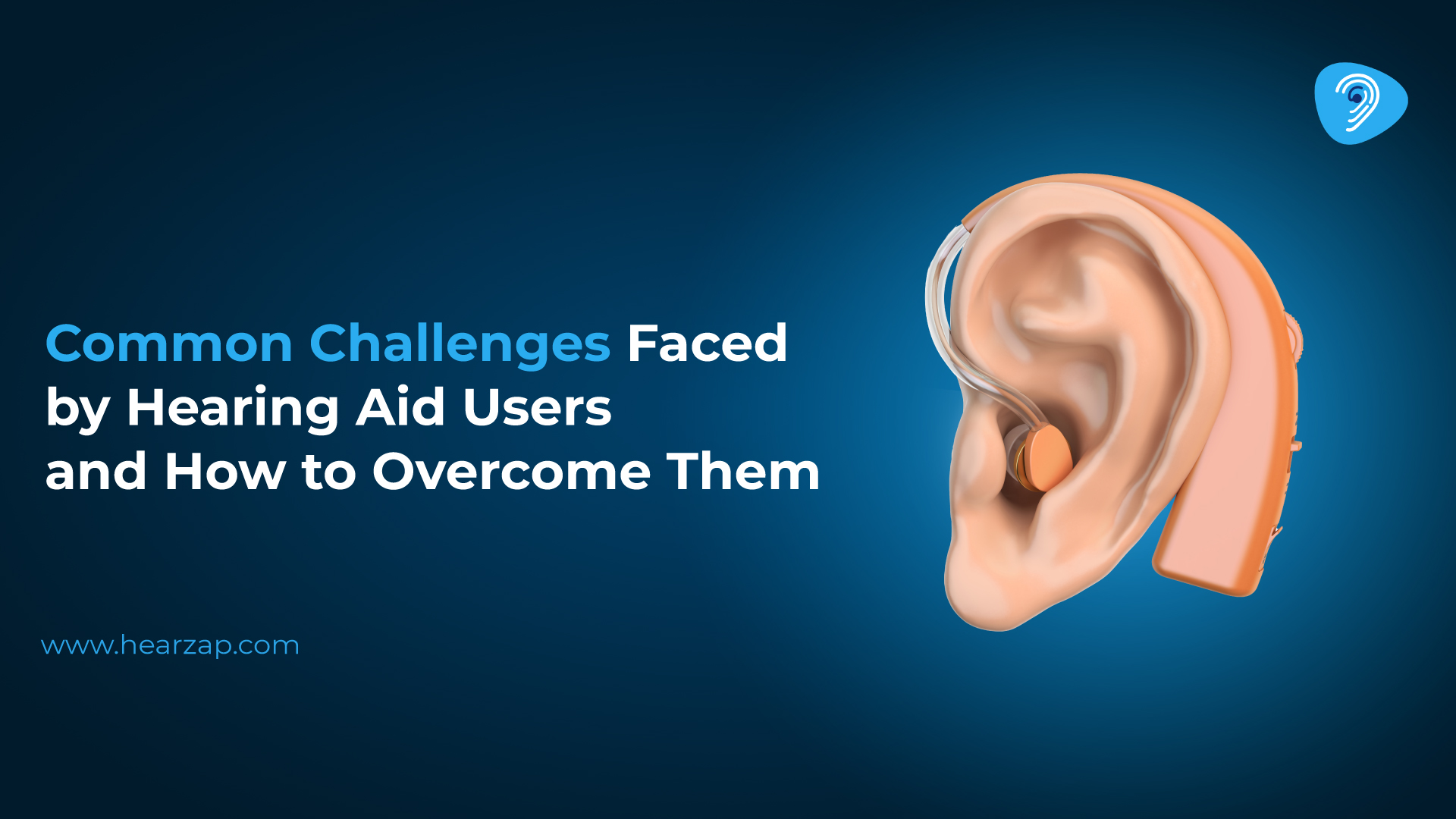
Hearing aid users often face many challenges since they wear their devices regularly. Several factors, like comfort, maintenance, and changing environments, play an important role in how well these devices work. Let’s look at the common issues faced by hearing aid users and how they can overcome them. This will help them use their hearing aids smoothly, without interruptions, and enjoy a better hearing experience.
Discomfort and Irritation
When users first begin wearing hearing aids, they may feel discomfort, such as soreness or pressure in the ears. This is often caused by an improper fit or sensitivity to new materials. Some users may experience this discomfort because their ears are adjusting to a foreign object, especially when worn for extended periods. Over time, minor issues like friction or tightness can escalate if not addressed promptly.
A good way to manage this is by visiting an audiologist for adjustments to improve the fit. Audiologists can reshape the hearing aid mold to match the contours of the ear or recommend softer ear tips for enhanced comfort. Trying smaller models or devices designed for sensitive ears can also make a significant difference. Users should give their ears time to adapt but seek professional help if irritation persists.
Whistling Sounds or Feedback
High-pitched or Whistling noises feedback sounds are common frustrations for hearing aid users. This issue arises when amplified sound escapes the ear canal and re-enters the microphone, causing a loop. Poorly fitted hearing aids, earwax buildup, or technical malfunctions often contribute to feedback. In some cases, feedback can also occur if the volume settings are too high or if the ear mold doesn’t seal properly.
To minimize feedback, users should clean their hearing aids regularly and ensure their ears are free from wax. Audiologists can adjust the hearing aid settings or provide vented ear molds that reduce feedback. Advanced models also offer feedback-cancellation technology, which can automatically suppress these unwanted sounds.
Challenges in Noisy Environments
Understanding speech in noisy places like cafes or parties can be tricky for hearing aid users. Traditional hearing aids amplify all sounds equally, including background noise, making it difficult to focus on conversations. This issue can be particularly frustrating for users attending social gatherings or navigating crowded areas.
Modern hearing aids come equipped with noise-canceling features and directional microphones that prioritize speech over background noise. Users may also benefit from accessories like remote microphones, which stream speech directly into the hearing aids. Smartphone apps that enhance speech clarity in noisy environments can also offer additional support, making communication smoother.
Battery Issues
Managing battery life is a crucial aspect of using hearing aids effectively. Devices with advanced features, such as Bluetooth connectivity and noise cancellation, consume more power, often leading to faster battery depletion. Running out of battery unexpectedly can disrupt the user’s day and leave them without sound during essential moments.
To avoid such interruptions, users are advised to carry spare batteries or invest in rechargeable hearing aids. These models typically offer a full day’s use with overnight charging. Users can also conserve power by switching off their hearing aids when not in use and keeping them in low-power mode when possible.
Moisture and Weather
Hearing aids are sensitive to moisture, which can cause malfunctions if water enters the internal components. Humidity, sweat, and rain are common environmental factors that can affect hearing aid performance, especially for users in tropical climates or those engaging in physical activities.
To prevent moisture-related damage, users can use hearing aid dryers or dehumidifiers to keep their devices dry overnight. Protective covers and water-resistant hearing aids are recommended for individuals who frequently encounter wet conditions. Proper moisture management ensures the devices continue functioning without interruptions.
Maintenance and Cleaning
Regular maintenance is essential to ensure hearing aids perform efficiently and last longer. Earwax and dirt can block the microphones or speakers, reducing sound quality. Neglecting regular cleaning can also result in technical issues over time.
Users should follow the cleaning instructions provided by their audiologist or the manufacturer. Basic maintenance includes wiping the devices daily, checking for blockages, and changing wax guards as needed. Scheduling routine check-ups with an audiologist helps identify and resolve minor issues early, ensuring the devices function optimally.
Takeaway
By solving these problems early, hearing aid users can talk and hear more easily without interruptions. Simple habits like regular cleaning and checking settings keep the devices working well. Getting help from an audiologist when needed makes sure everything stays comfortable and useful. With proper care, hearing aids can last longer and continue to help in everyday situations.
Related Blogs
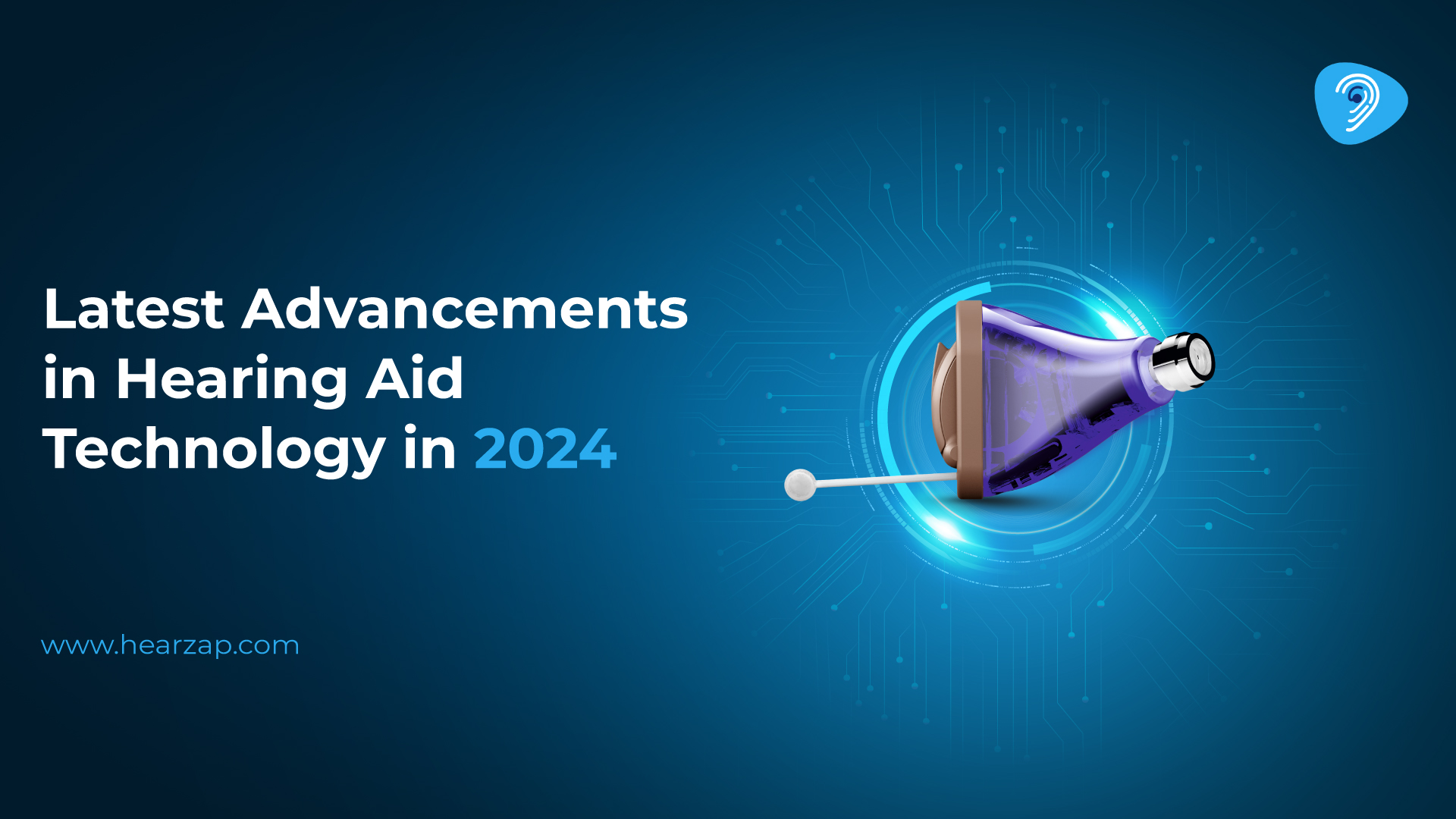
Latest Advancements in Hearing Aid Technology in 2025
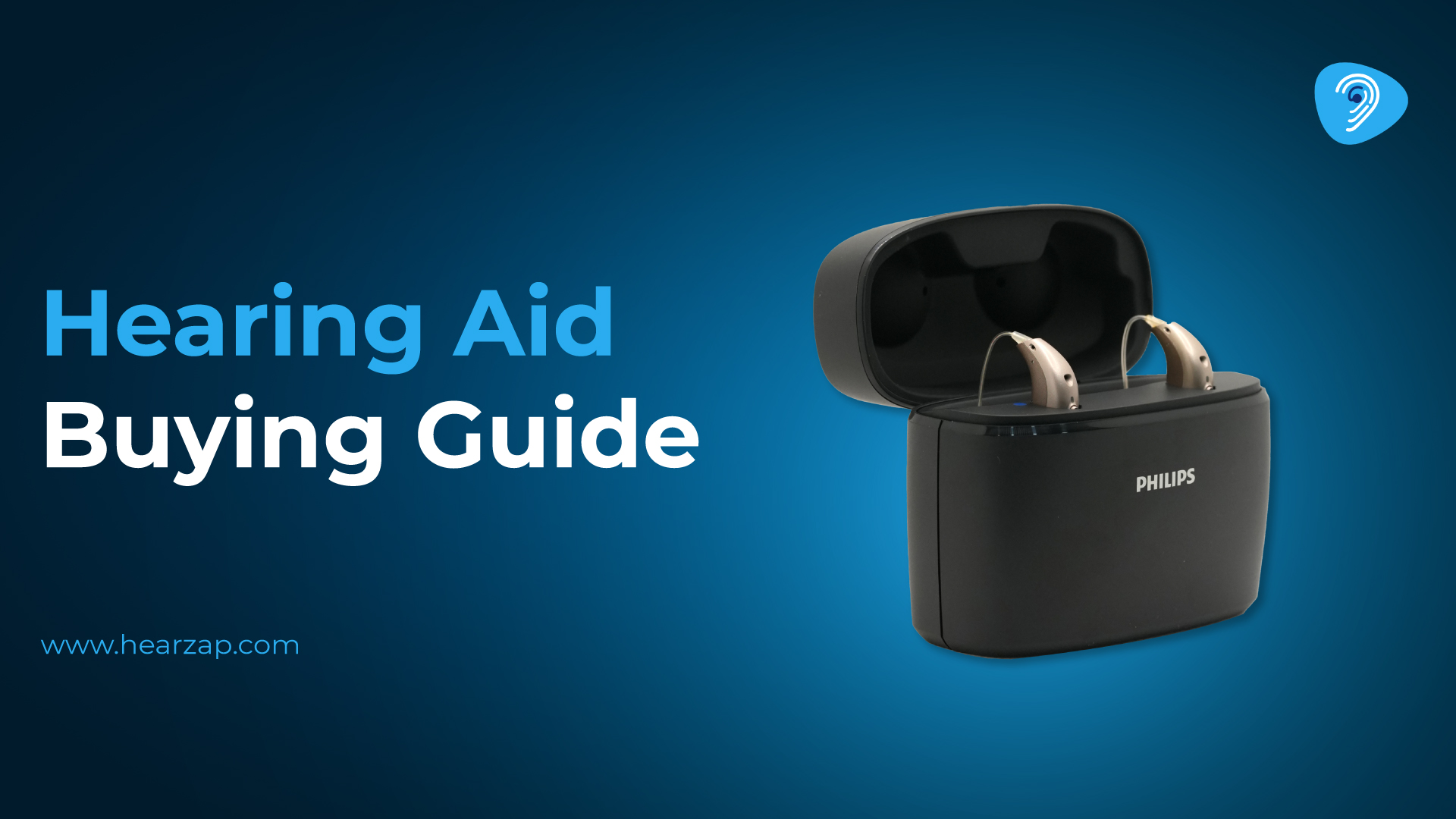
Hearing Aid Buying Guide
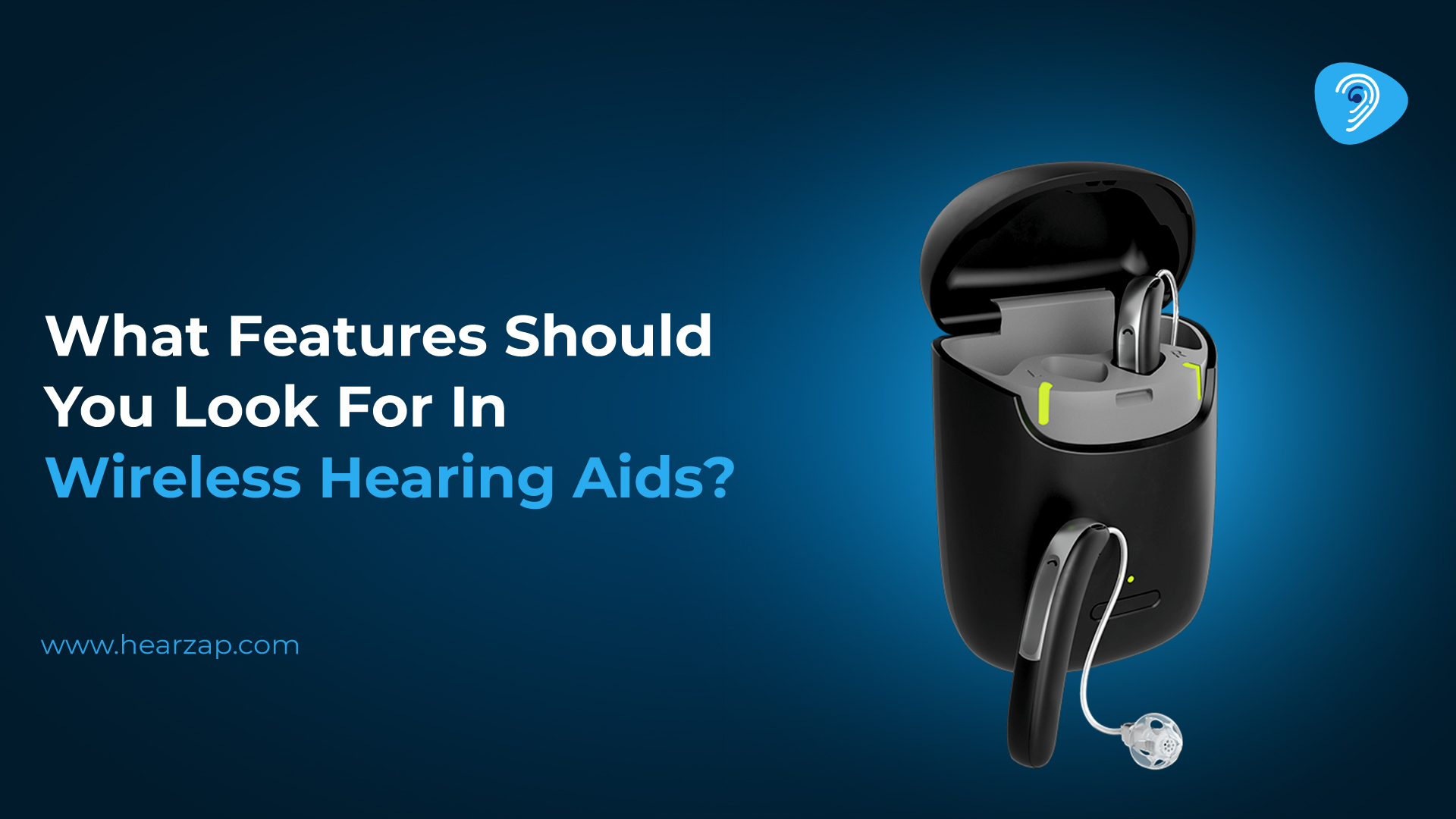
Key Features to Look for in Wireless Hearing Aids
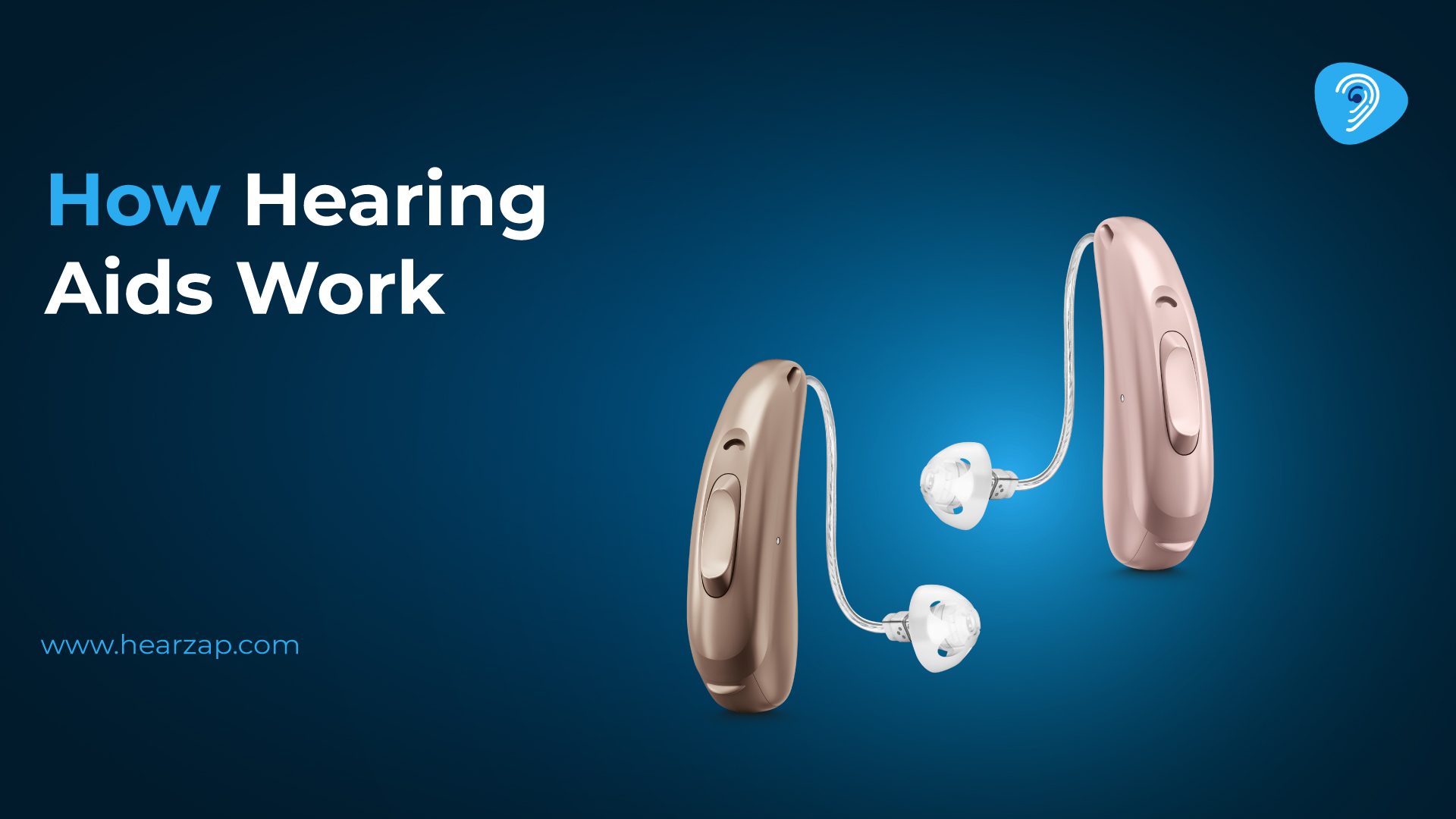
How Hearing Aids Work?
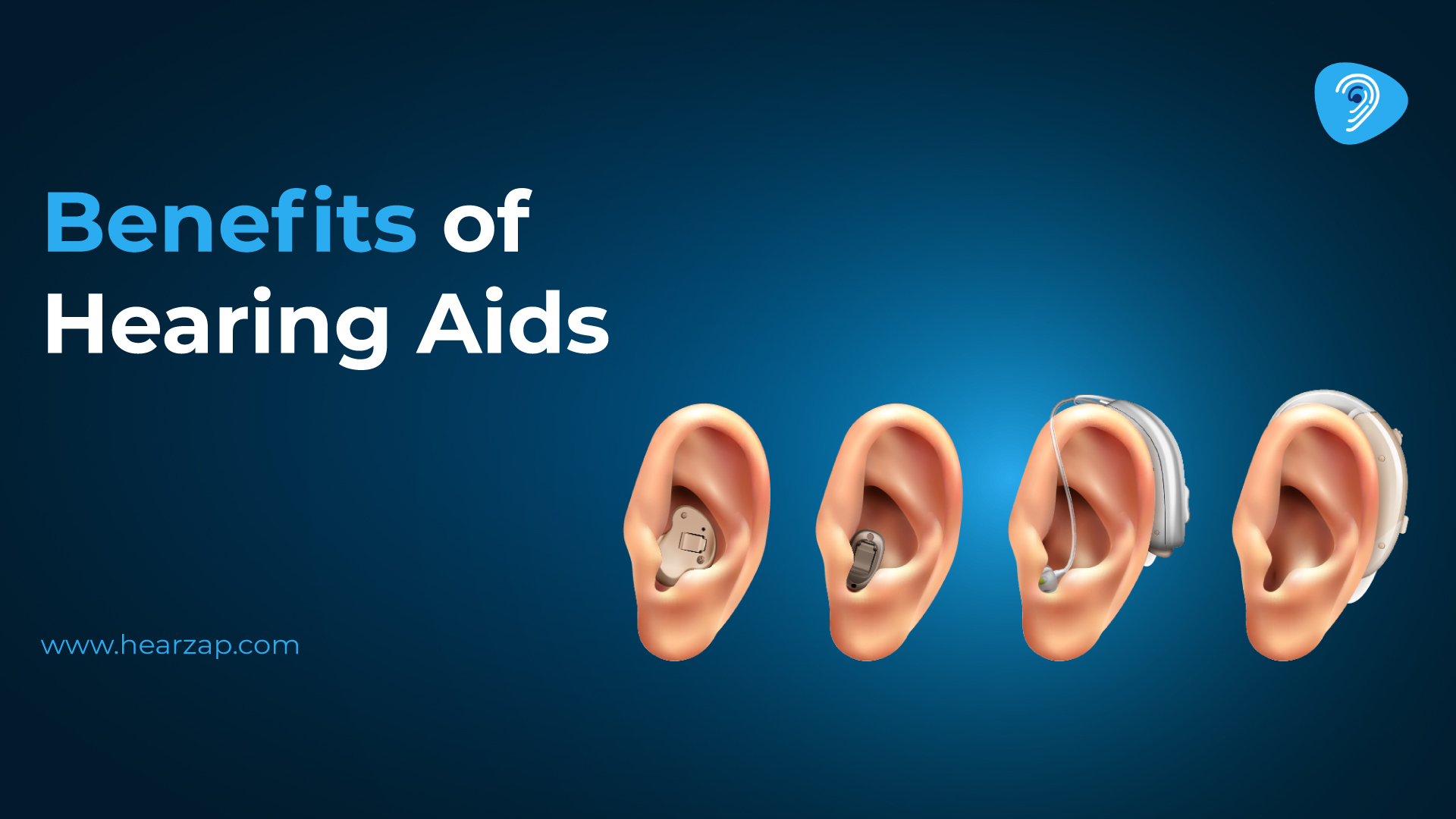
Benefits of Hearing Aids
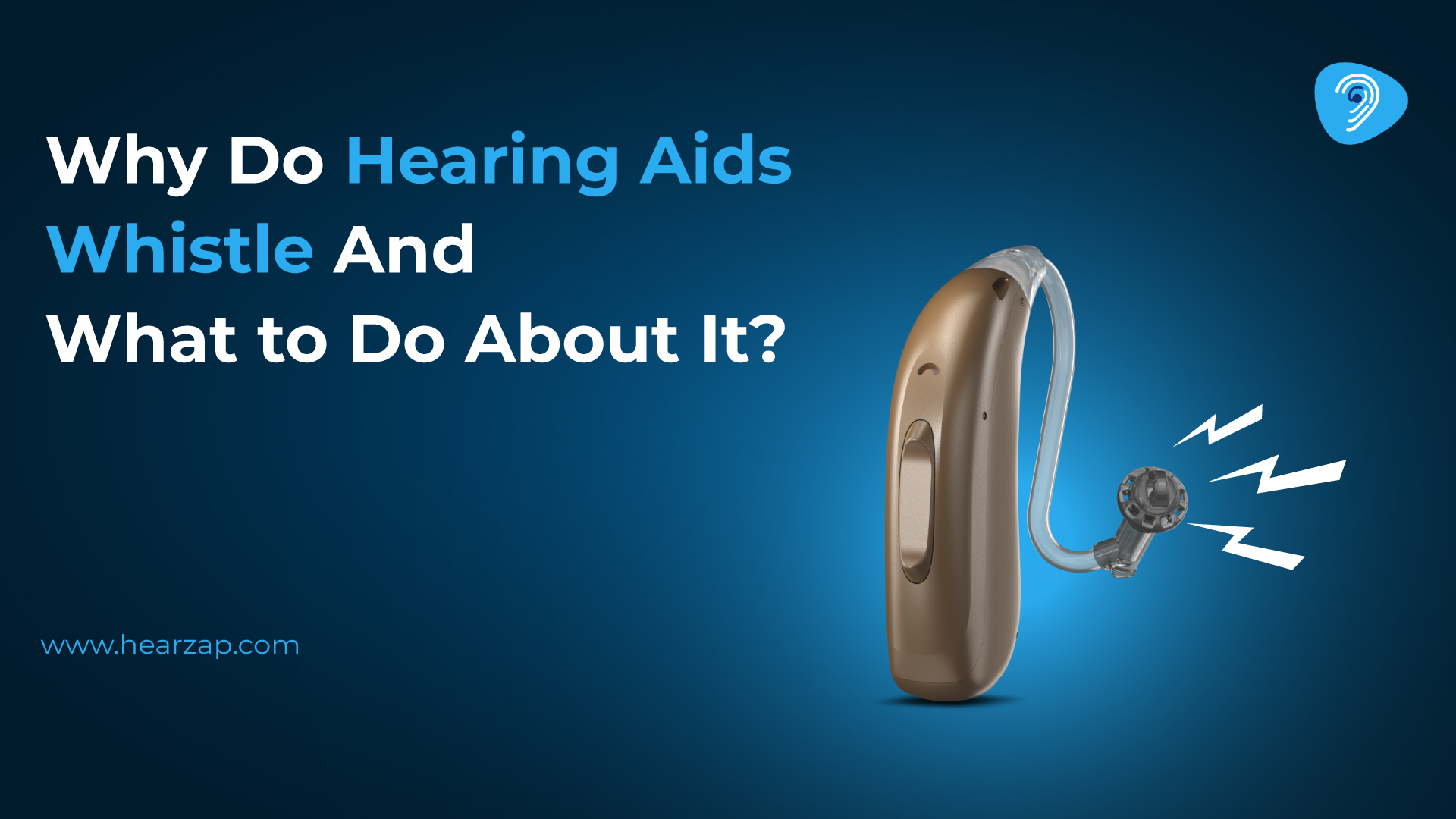
Why Do Hearing Aids Whistle? Causes & Solutions
Contact us
We are here for all your hearing needs, from hearing tests to hearing aids. Fill out the form below, and we will give you a call soon.
Please enter a valid mobile number with 10 digits.
Recent Blogs
By Team Hearzap | April 23, 2025
By Team Hearzap | April 23, 2025
By Team Hearzap | April 22, 2025
By Team Hearzap | April 22, 2025
By Team Hearzap | April 22, 2025
Newsletter Subscription
Subscriber to one-stop hearing care newsletter.









